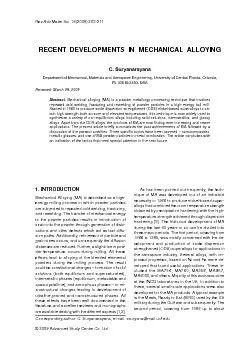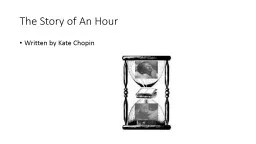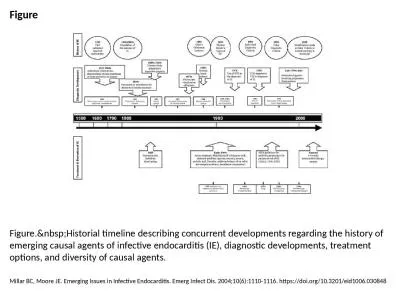PPT-Developments and tests of
Author : giovanna-bartolotta | Published Date : 2017-03-28
m PIC with Resistive Cathode Atsuhiko Ochi Kobe University 4102012 10 th RD51 collaboration meeting More stabilities and robustness is neede d for some application
Presentation Embed Code
Download Presentation
Download Presentation The PPT/PDF document "Developments and tests of" is the property of its rightful owner. Permission is granted to download and print the materials on this website for personal, non-commercial use only, and to display it on your personal computer provided you do not modify the materials and that you retain all copyright notices contained in the materials. By downloading content from our website, you accept the terms of this agreement.
Developments and tests of: Transcript
Download Rules Of Document
"Developments and tests of"The content belongs to its owner. You may download and print it for personal use, without modification, and keep all copyright notices. By downloading, you agree to these terms.
Related Documents














